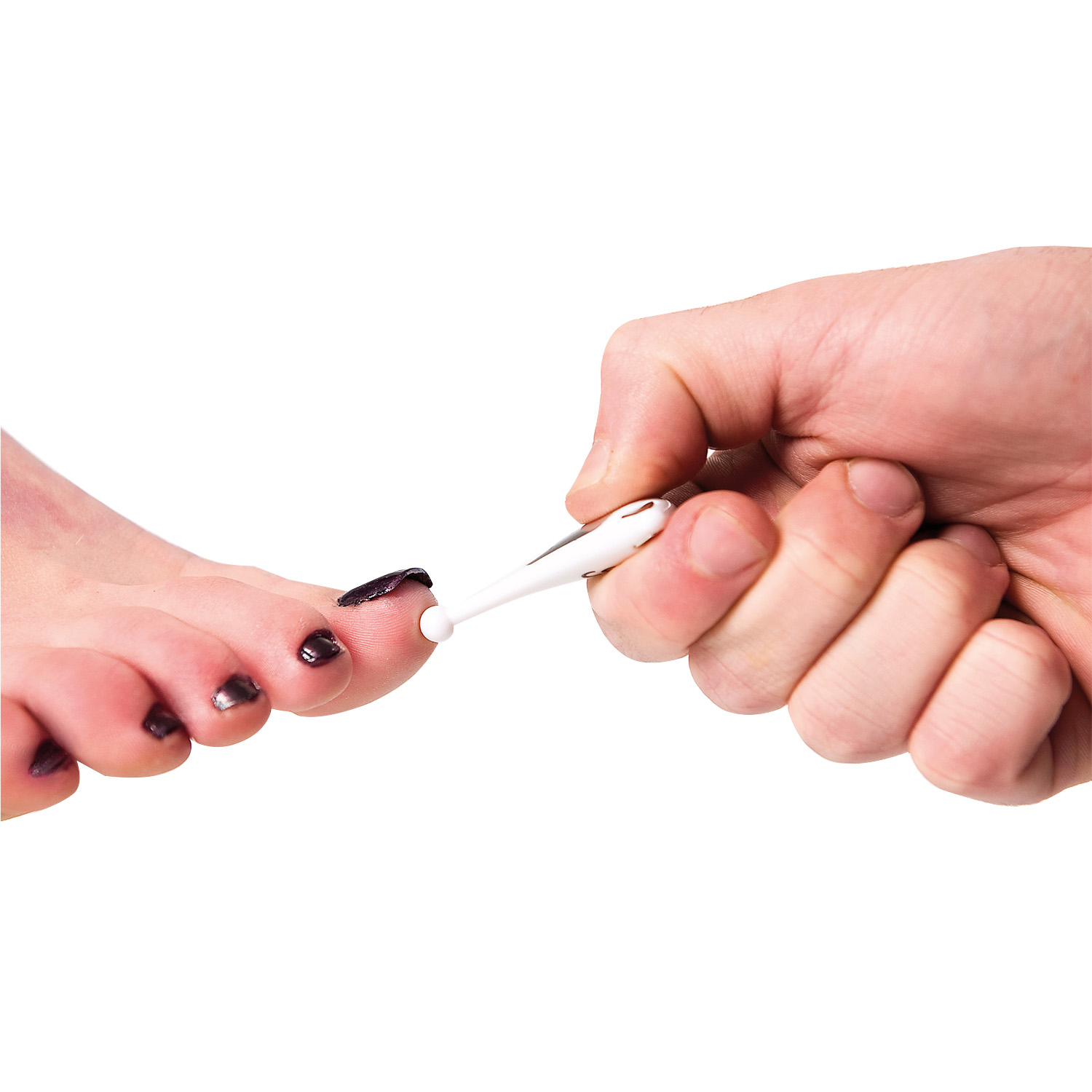
Areas of callus should always be avoided when testing for pressure perception.

The sites of the foot may then be examined by asking the patient to respond “yes” or “no” when asked whether the monofilament is being applied to the particular site the patient should recognize the perception of pressure as well as identify the correct site. The sensation of pressure using the buckling 10-g monofilament should first be demonstrated to the patient on a proximal site (e.g., upper arm). Single-use disposable monofilaments or those shown to be accurate by the Booth and Young ( 23) study are recommended. Caution is necessary when selecting the brand of monofilament to use, as many commercially available monofilaments have been shown to be inaccurate. 2 patients should close their eyes while being tested. The technique for testing pressure perception with the 10-g monofilament is illustrated in Fig. It is recommended that four sites (1st, 3rd, and 5th metatarsal heads and plantar surface of distal hallux) be tested on each foot. Nylon monofilaments are constructed to buckle when a 10-g force is applied loss of the ability to detect this pressure at one or more anatomic sites on the plantar surface of the foot has been associated with loss of large-fiber nerve function. Screening for sensory loss with the 10-g monofilament is in widespread use across the world, and its efficacy in this regard has been confirmed in a number of trials, including the recent Seattle Diabetic Foot Study ( 4, 21, 23, 24). Many prospective studies have confirmed that loss of pressure sensation using the 10-g monofilament is highly predictive of subsequent ulceration ( 3, 21, 22). Monofilaments, sometimes known as Semmes-Weinstein monofilaments, were originally used to diagnose sensory loss in leprosy ( 21). however, identification of the patient with LOPS can easily be carried out without this or other expensive equipment. The last test listed, vibration assessment using a biothesiometer or similar instrument, is widely used in the U.S.


One or more abnormal tests would suggest LOPS, while at least two normal tests (and no abnormal test) would rule out LOPS. The task force agrees that any of the five tests listed could be used by clinicians to identify LOPS, although ideally two of these should be regularly performed during the screening exam-normally the 10-g monofilament and one other test. The clinical examination to identify LOPS is simple and requires no expensive equipment.įive simple clinical tests ( Table 3), each with evidence from well-conducted prospective clinical cohort studies, are considered useful in the diagnosis of LOPS in the diabetic foot ( 1– 7). The diagnosis and management of the latter were covered in a 2004 ADA technical review ( 7). The clinical exam recommended, however, is designed to identify loss of protective sensation (LOPS) rather than early neuropathy. Peripheral neuropathy is the most common component cause in the pathway to diabetic foot ulceration ( 1, 4, 5, 7).


 0 kommentar(er)
0 kommentar(er)
